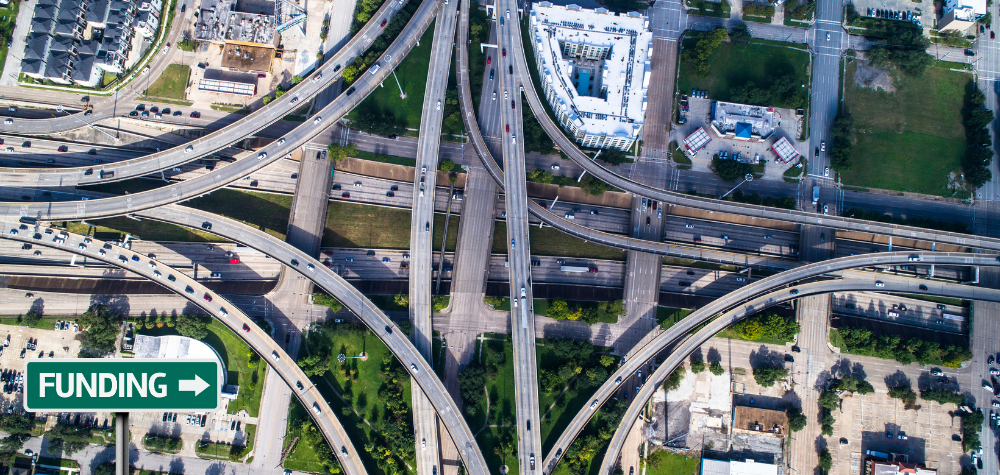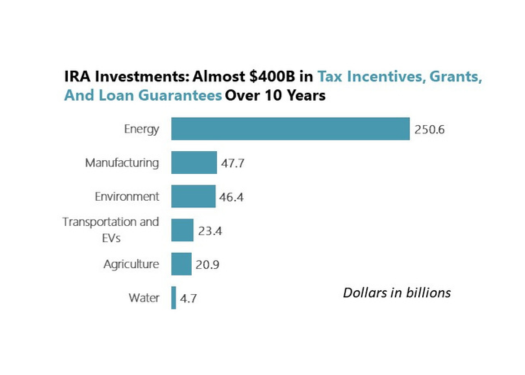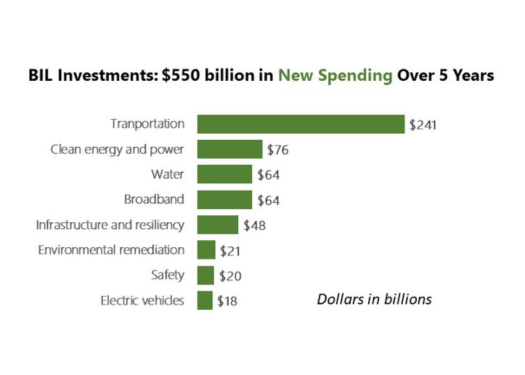Insights: Infrastructure Funding 101

Among the top infrastructure issues throughout the United States are inadequate and unsafe roadways, public transportation needs, resilience concerns related to climate change, and the necessity to upgrade the country’s power grid. Municipalities, non-profits, and businesses feel the pressure to make major improvements and changes to make communities safer, more resilient, and to help local economies thrive. But addressing these issues takes money—a lot of it. Money that most local governments and organizations do not have readily available.
On the flip side, there is more money available for infrastructure improvements than ever before. With $550 billion over five years in new spending through the Bipartisan Infrastructure Law (BIL) and $400 billion over the next 10 years through the Inflation Reduction Act (IRA), the federal government is investing serious money into critical infrastructure needs. That money is starting to flow, with new federal grant programs up and running and previous grant programs seeing an influx of additional dollars.
Where is the Money?
Much of the BIL and IRA money is in the form of formula and discretionary (competitive) grants. The charts make it clear what the priorities are; namely, transportation infrastructure, energy, water, climate change and the environment.


What Can You Do?
With all of this new money available, everyone wants to get in on the game. But how? Here are a few tips:
Evaluate: Take stock of projects in the works—what‘s in your pipeline that best fits with the BIL and IRA priorities?
Stay Informed: Keep an eye out for grant opportunities because they are coming fast. Search grants.gov and agency websites for grants that align with your projects. Pay attention to what your state is doing with the additional federal dollars; there may be new state grant opportunities underway. Sign up for alerts, attend webinars and ask questions. The more you know the better.
Understand Priorities: Environmental Justice (EJ) is of high importance to funders. The new Justice40 Initiative mandates that 40% of all federal investments flow to EJ communities, aiming to make improvements in disadvantaged communities that are marginalized, underserved, and overburdened by pollution and other environmental issues. Grant programs are prioritizing projects that benefit EJ communities. Mapping tools are available to determine if your project lies in an EJ community, including the Climate and Economic Justice Screening Tool.
Planning is Key: Many grant programs offer funding for planning activities prior to implementing a project. Using grant funds to develop strategies, perform assessments and reviews, and conduct preliminary design will not only set you up for a successful project, but will position you to be more competitive when seeking implementation funds down the road.
How Can C&S Help You?
Here at C&S, we can help plan and prioritize your funding strategy. Our team has grant specialists and technical experts who are prepared to assist with finding funding sources that best fit projects, preparing applications, and providing grant administration support. C&S has years of experience preparing grant applications for a variety of projects that fall under the BIL and IRA priorities, including community planning and revitalization, water and wastewater infrastructure, bridge and culvert replacement, electric vehicle infrastructure, brownfield assessment, rail and port development, and countless others. Reach out to Sarah Stewart at sstewart@cscos.com to learn more.
Related Content: https://www.cscos.com/insights-workforce-development-grant/
